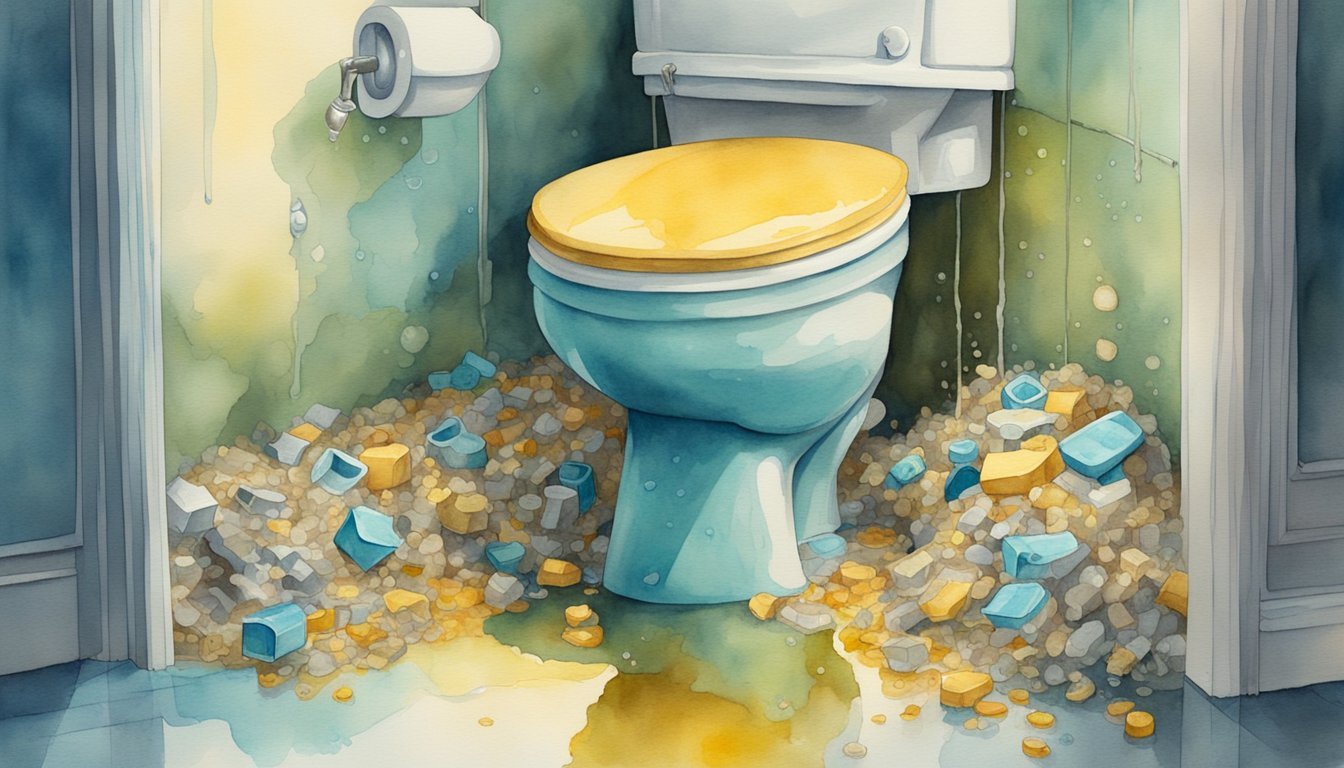Understanding Cat Litter and Flushability
Types of Cat Litter
There are various types of cat litters available in the market. The most common types include clay litter, clumping litter, and biodegradable litter. Clay litter is typically made of absorbent clay minerals, while clumping litter is a type of clay litter with added materials that make it clump together when wet. Biodegradable litter, on the other hand, is made from sustainable and renewable materials like corn, wood, wheat, pine, or paper, making it more eco-friendly than other types12.
Flushable vs Traditional Cat Litter
Flushable cat litter is a type of biodegradable litter that’s specifically designed to be disposed of through flushing, unlike clay and clumping cat litters which are typically not safe to flush3. Flushable litter is generally made from materials like shredded newspaper, sawdust, corn kernels, walnut shells, or wheat enzymes4. The main advantage of flushable cat litter over traditional cat litter is its environmental impact. Since it’s made from biodegradable materials, it does not contribute to landfill waste and is considered a more eco-friendly option5.
Risks of Flushing Cat Litter
Despite the convenience and environmental benefits of flushable cat litter, there are still some risks associated with flushing litter down the toilet. One significant concern is the potential for clogged pipes or sewage system issues, especially when using clumping litter6. Additionally, some forms of flushable litter can contain toxins, pathogens, or parasites, which may pose a risk to public health and the environment7. Therefore, it’s essential to carefully consider these risks and assess whether flushing cat litter is a suitable method of disposal for your household.
Environmental and Plumbing Impacts

Effects on Plumbing Systems
Flushing cat litter down the toilet can have negative effects on your plumbing system. When cat litter gets exposed to water, it can clump together causing clogs in the pipes. This is especially true for bentonite clay-based litter, which is designed to absorb liquids and form tight clumps. Even biodegradable and flushable cat litter can contribute to blockages and may harm septic systems, as they are designed to break down in water, but might still require multiple flushes. Regular flushing of cat litter can cause stress on septic tanks and may even damage older models of toilets.
List of plumbing concerns related to flushing cat litter:
- Clumping
- Clogged pipes
- Stressed septic systems
- Damaged toilets
Environmental Concerns and Alternatives
Beyond plumbing impacts, flushing cat litter also has environmental implications. For example, flushing cat litter into sewage systems may introduce the parasite Toxoplasma gondii into water treatment plants, where it is not always removed or destroyed. This can pose a threat to marine life, with regions like California and Rhode Island even banning the flushing of cat litter to protect their water systems. Additionally, the accumulation of cat waste in waterways can disrupt ecosystems and contribute to the spread of harmful bacteria. Proper disposal methods, such as using biodegradable bags or designated pet waste disposal systems, can help mitigate these risks. While discussing environmental responsibility, it’s also important to recognize societal issues like toxic masculinity examples, which highlight how harmful behaviors and attitudes can negatively impact both people and the planet.
Additionally, many cat litters are made from non-renewable materials like bentonite clay or are not biodegradable, posing a threat to local ecosystems. When these materials end up in landfills, they may take a long time to break down and have a negative impact on wildlife.
Eco-friendly alternatives to traditional cat litter include:
- Litters made from recycled materials (e.g., paper or wood)
- Biodegradable and compostable options
- Litters made from renewable resources (e.g., corn or wheat)
To minimize the environmental impacts associated with cat litter, it is recommended to dispose of it properly in the trash, rather than flushing it down the toilet. Making informed decisions regarding eco-friendly litter options and proper disposal methods can help keep both your plumbing and the environment safe.
Footnotes
-
GreatPetCare.com – Flushable Cat Litter: Weighing the Pros and Cons ↩
-
_CATSTER.com – Can I Flush Cat Litter? Vet-Reviewed Facts & FAQ ↩
-
FAQCats.com – Is Cat Litter Flushable? Debunking Common Myths ↩
-
PetsRadar.com – Is cat litter flushable? How to dispose of it the right way ↩
-
CATSTER.com – Can I Flush Cat Litter? Vet-Reviewed Facts & FAQ ↩

